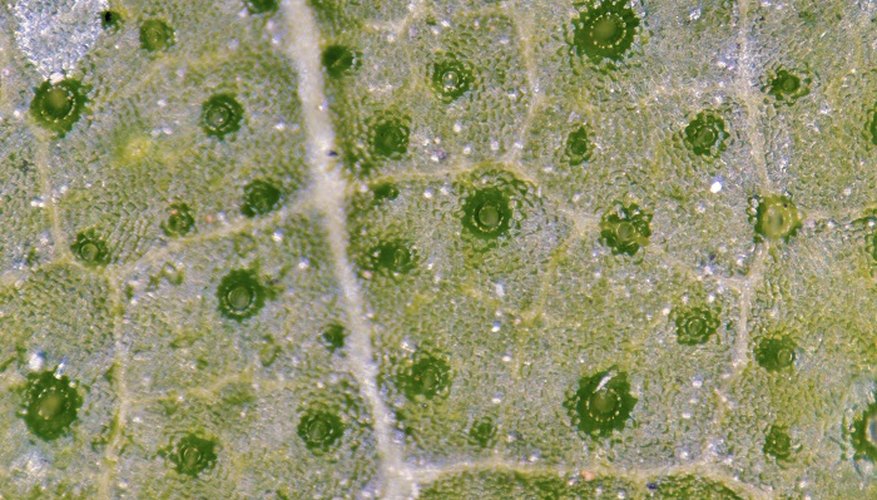Root hair cells occur in the outermost layer of a plant's roots, generally towards the bottom tips of the root. These hairlike protrusions have very thin walls and jut out into the soil in order to absorb water molecules. Creating a model of a root hair cell could help you demonstrate how plants absorb the majority of the water they use to survive. With these instructions you will create a mounted bas-relief style 3D model of a root hair cell.
Prepare the clay
Take a golf ball-sized piece of yellow clay and roll it into a 20 cm (8 inch) rope.
Take two golf ball-sized piece of green clay and roll them into two 20 cm (8 inch) ropes.
Take five quarter-sized balls of green clay and roll them out into 6.25 cm (2 1/2 inch) ropes which taper at one end.
Construct the model
Lay the yellow clay rope on your work surface.
Lay the green clay ropes on either side of the yellow rope. Press the ropes together gently.
- Lay the yellow clay rope on your work surface.
- Lay the green clay ropes on either side of the yellow rope.
Using the rolling pin, gently roll the yellow and green ropes up and down until the length is approximately 25 cm (10 inches). This part is the model of the root.
Attach the five small green ropes to the left side of the root model with the tapered ends pointing outwards. These small tapering pieces are the model of the root hair cells.
Allow the model to dry completely, according to packet directions.
Finishing touches
Use the hot glue to fix the root hair cell model to the right hand side of the brown foam core board.
Use the white glue to stick the typed explanation of the root hair cell and its function to the left hand side of the board.
- Use the hot glue to fix the root hair cell model to the right hand side of the brown foam core board.
- Use the white glue to stick the typed explanation of the root hair cell and its function to the left hand side of the board.
Use the brush to paint light blue dots around the root hair cells. These represent water molecules. Put a couple of dots on the root hair cells to show that these water molecules have been absorbed.
Use the marker to label the yellow strip "Xylem Vessels;" mark the green strips "Root Cells;" and mark the root hair cells "Root Hair Cells."
TIP
When presenting scientific models like this, name each part of the model, explain what it does, and explain why root hair cells in general are important to plants. The key to a good model is a knowledgeable presentation.
